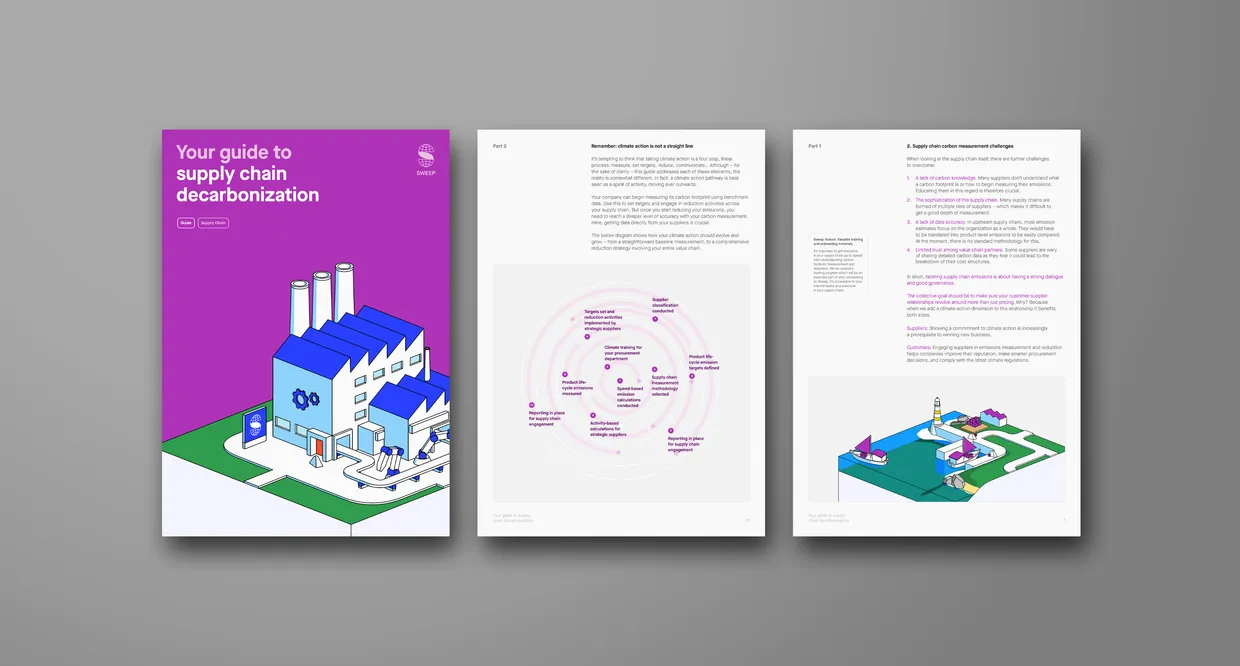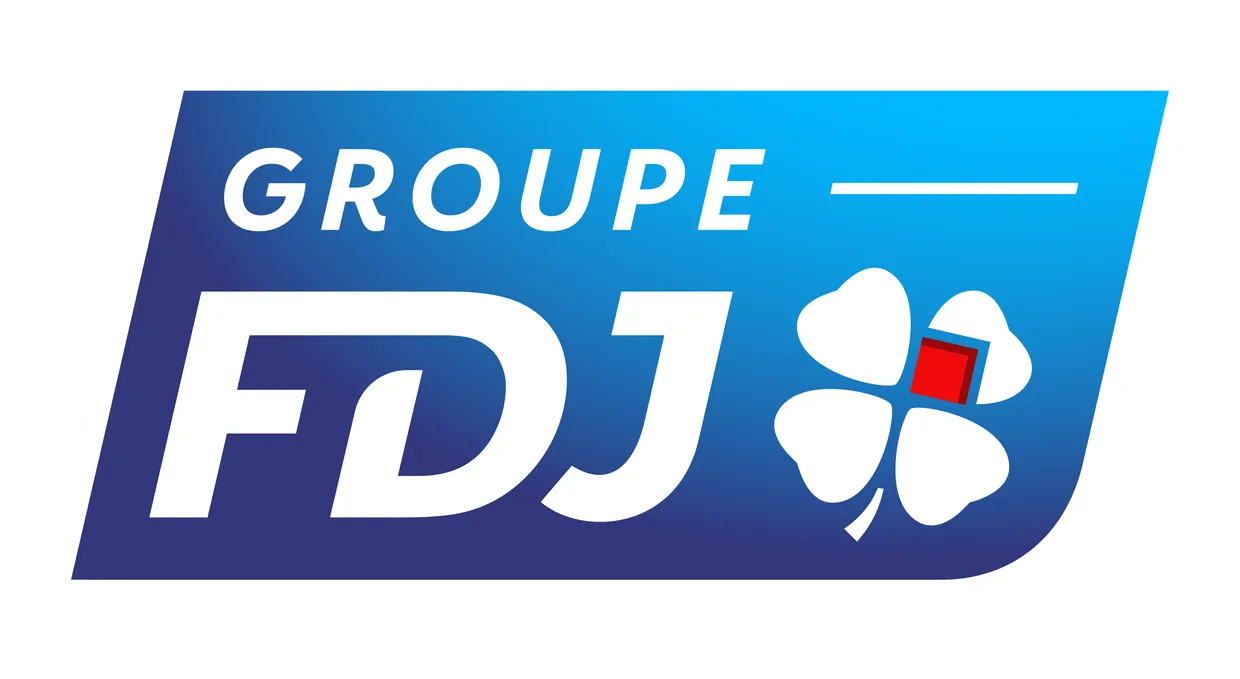Understand value chain emissions
Pull all your value chain emissions into a single location
Managing Scope 1, 2 and 3 emissions is a major challenge for organizations with complex supply chains and multiple business units. Our platform makes data collection simple and efficient, organizing disparate data sources into one single measurement.
data collection
Easily gather carbon data from suppliers across your value chain.
reduction
Set joint targets across your value chain and jointly monitor progress.
your value chain
We don’t charge your partner companies for using our platform.
Your data is safe with Sweep. We’re SOC certified and ISO 27001-compliant.
Resources
Learn more
Read our Supply Chain Decarbonization Strategy Guide for more information on kickstarting your sustainability journey.

A simple approach to complex problems
At Sweep, we understand that sustainability is complicated.
Our platform tackles your biggest challenges and builds a path to success.
A simple approach
Track
Measure and analyze massive datasets from across your organization and its value chain.
- Streamline sustainability data collection
- Map data across your value chain
- Spend more time taking positive action
A simple approach
Disclose
Meet the latest ESG reporting requirements in dynamic business environments.
- Monitor and report against sustainability data
- Gain complete control of sustainability data
- Consolidate all extra-financial data in one place
A simple approach
Act
Go beyond disclosure and take data-driven action on your sustainability goals.
- Move beyond disclosure
- Implement a data-driven sustainability journey
- Celebrate success with customers, suppliers and stakeholders
Success stories
Customer spotlight
Balderton engages portfolio companies on ESG measurement with Sweep

A data-driven approach with the Sweep platform
Create a single source of truth, even in the most complex of business environments, to take control of your sustainability goals.
Organizations like yours are taking action today
Ready to try?
Book a demo today.

